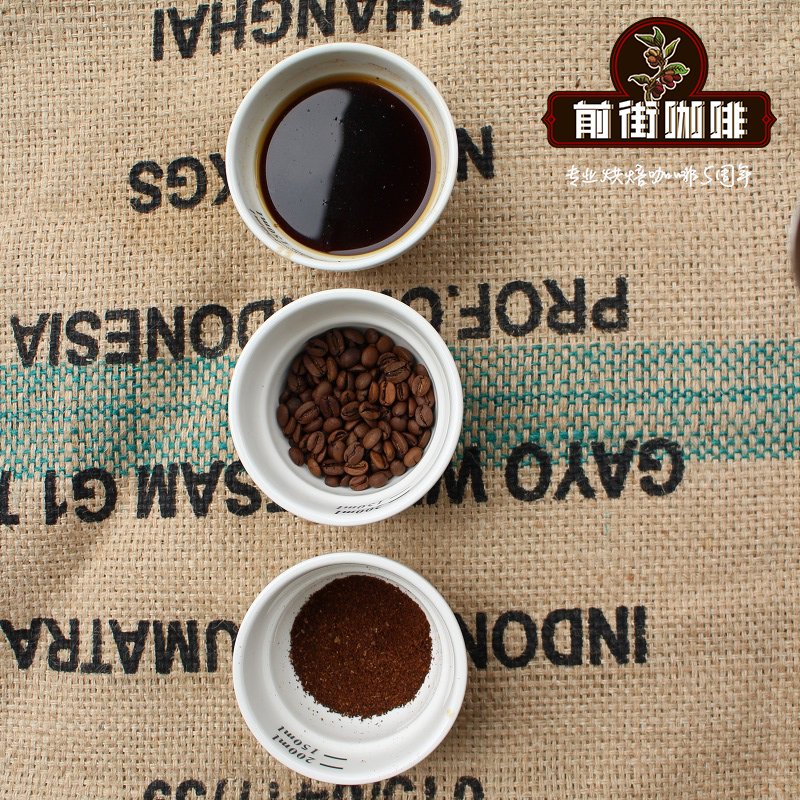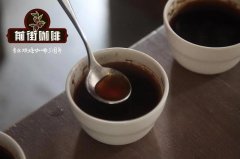Introduction to the method of washing Yejafei Fruit Ding Coffee

Professional coffee knowledge exchange more coffee bean information please follow the coffee workshop (Wechat official account cafe_style)
Introduction to the flavor of Ye Jia Xuefei Guoding Coffee washed in Qianjie
The Godding Cooperative, located in the Waka producing area at the southeast end of Yega Sheffield, was originally part of the Waka Cooperative under the YCFCU of the Yega Sheffield Alliance.
But later, with the pursuit of traceability of raw coffee beans, independent "single producing areas" were excavated by coffee hunters all over the world, so in 2012, Guoding Ding, which has about 300 farmers, was independently established.
Guodingding Village was the first independent village area, and many small farmers were also members of the Waka Cooperative, so the technology of producing coffee was not to mention.
Washing treatment
First, the raw beans were transported to the wet treatment plant, the peel / pulp of the picked berries were removed by a planer, and then placed in the fermentation tank for 1-3 days until the pectin layer decomposed (depending on the local temperature and humidity). Then, the shelled beans will be scrubbed through the washing channel for 30-60 minutes, and the beans with low specific gravity and poor quality can be removed through the channel design combined with water flushing.
After washing, the high quality shell beans are placed in an African scaffolding to dry for about 14 days. after drying, the shell beans are stored in the warehouse of the treatment plant, and then transported to the dry treatment plant to remove the shell before export. and through a series of complicated screening processes, such as foreign body removal, silver skin polishing, gravity screening and so on, finally bagged and exported.
Ethiopia Yirgacheffe Banko Gotiti
Ye Jia Xue Fei Guo Ding Ding
Country: Ethiopia
Producing area: Yega Xuefei Gedeo Zone producing area
Altitude: 1900-2300m
Variety: original species (Heirloom)
Treatment: washing
Grade: G1
Flavor: citrus and black tea are imported. With the change of temperature, cream, caramel and almond are obvious and taste clean and sweet.
END
Important Notice :
前街咖啡 FrontStreet Coffee has moved to new addredd:
FrontStreet Coffee Address: 315,Donghua East Road,GuangZhou
Tel:020 38364473
- Prev

Introduction to the flavor of water-washed coffee beans in Kenya
Professional coffee knowledge exchange more coffee bean information please follow the coffee workshop (Wechat official account cafe_style) the front street of Kenya Timani girl washed coffee flavor introduction washed coffee only focus on the flavor of the coffee beans themselves, this way is designed to allow you to taste the flavor inside the beans, not added to the flavor of the beans. Sun-or honey-treated coffee requires coffee cherry
- Next

Introduction to the characteristics of Baoshan in Yunnan small-grain Coffee producing area
Professional coffee knowledge exchange more coffee bean information please follow the coffee workshop (Wechat official account cafe_style) Qianjie Yunnan Huaguoshan coffee producing area flavor introduction Yunnan coffee output accounts for 1% of the global coffee, Yunnan small grain coffee was introduced by missionaries a hundred years ago, currently 71 countries around the world produce coffee, of which 5% of the quality is better, Yunnan Baoshan small grain coffee is planted at an altitude of 1000-1
Related
- Beginners will see the "Coffee pull flower" guide!
- What is the difference between ice blog purified milk and ordinary milk coffee?
- Why is the Philippines the largest producer of crops in Liberia?
- For coffee extraction, should the fine powder be retained?
- How does extracted espresso fill pressed powder? How much strength does it take to press the powder?
- How to make jasmine cold extract coffee? Is the jasmine + latte good?
- Will this little toy really make the coffee taste better? How does Lily Drip affect coffee extraction?
- Will the action of slapping the filter cup also affect coffee extraction?
- What's the difference between powder-to-water ratio and powder-to-liquid ratio?
- What is the Ethiopian local species? What does it have to do with Heirloom native species?

